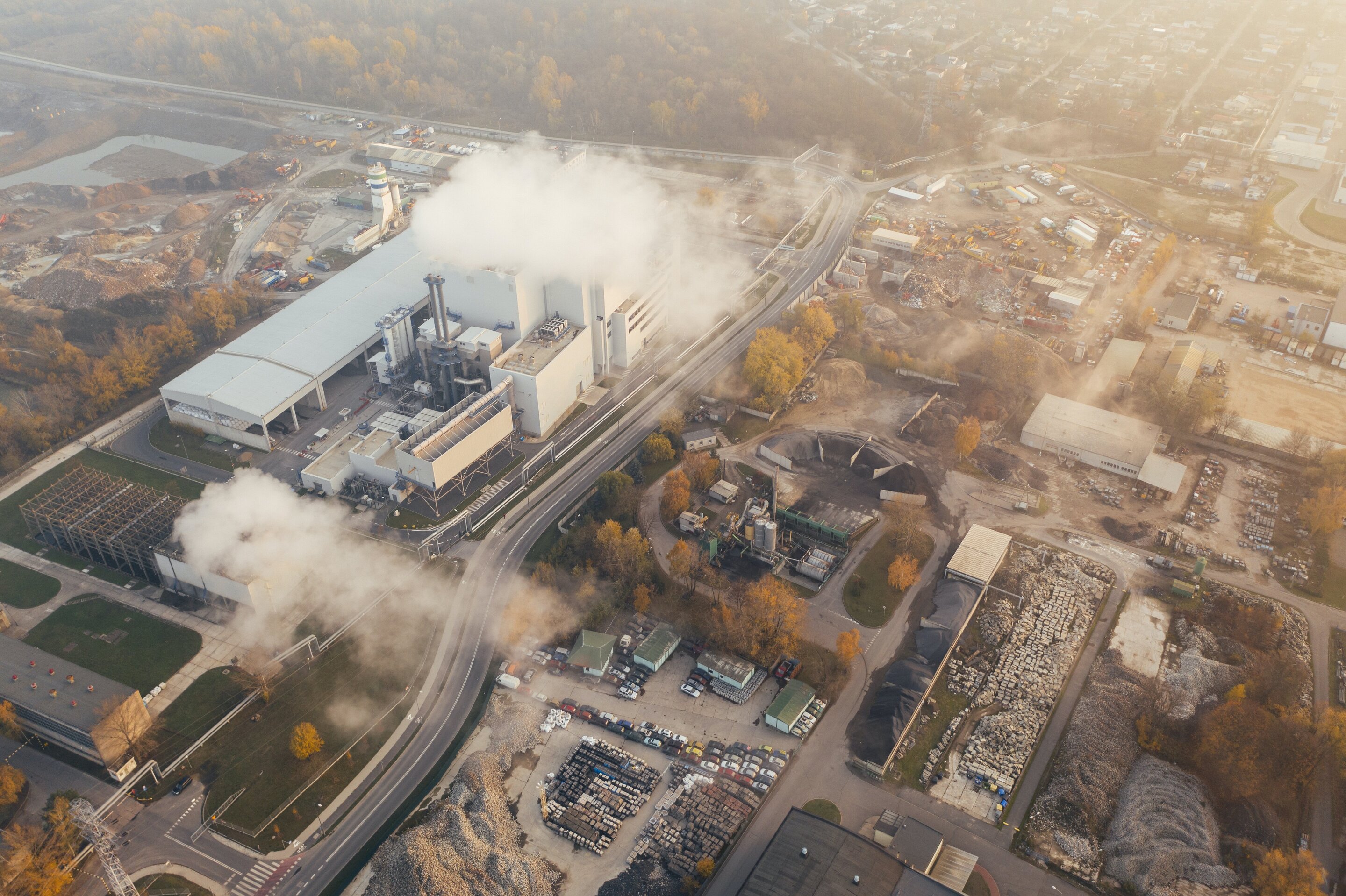#New technique uses mortise and tenon joints to repair unstable shoulders

“#New technique uses mortise and tenon joints to repair unstable shoulders”
Inspired by the ancient woodworking technique of mortise-tenon joints, the “arthroscopic inlay Bristow procedure” provides a high success rate in patients with recurrent shoulder instability, according to the report by Guoqing Cui, MD, of Peking University Third Hospital and colleagues. Their technique “optimized the accuracy of graft positioning and resulted in a high rate of graft healing, excellent functional outcomes, and a high return to sports,” the researchers write.
Initial experience shows good outcomes with ‘inlay Bristow’ technique Recurrent anterior shoulder instability is a common problem among athletes, particularly those involved in collision or overhead sports. If shoulder dislocation becomes a recurrent problem, a surgical procedure may be necessary to stabilize the joint.
One popular surgical approach is the Bristow-Latarjet procedure, commonly performed arthroscopically. With this technique, a small “hook” of bone (i.e., the coracoid) is taken from the scapula and fixed with a screw to the glenoid bone, providing long-term anterior shoulder stability. This procedure has a good success rate in terms of preventing future shoulder dislocations.
However, problems can occur when the graft doesn’t heal properly, resulting in nonunion. This can lead to bone deterioration and displacement or breakage of the screw, potentially resulting in recurrent instability.
Thinking about how to make the shoulder repair more stable, Dr. Cui and colleagues were inspired by an ancient technique from Chinese timber building: the mortise-tenon joint. Known to carpenters and woodworkers everywhere, this technique uses a projecting piece of wood (the tenon) that precisely fits into a gap (the mortise) in another piece of wood to join the two pieces together.
In the researchers’ new “inlay Bristow” procedure, the coracoid graft is trimmed to form a tenon, which is fixed into a mortise created in the glenoid bone. Dr. Cui and colleagues report the results of 51 patients who underwent the arthroscopic inlay Bristow procedure for recurrent anterior shoulder instability.
One year after the procedure, the coracoid bone graft had healed in 96 percent of patients, with only two patients experiencing a nonunion of the bone graft. Follow-up CT scans showed good graft positioning with little or no sign of bone degeneration.
Patients also exhibited improved function with the inlay Bristow procedure, with significant improvements in shoulder stability (Rowe score) and overall joint function (American Shoulder and Elbow Surgeons score) at a minimum follow-up of three years. Eighty-seven percent of patients were able to return to sport.
Inspired by traditional Chinese architecture, the arthroscopic inlay Bristow procedure provides a promising reconstructive approach in patients with recurrent shoulder instability. The inherent strength of the mortise-tenon joint increases the contact area and proper positioning of the bone graft, with high rates of bone healing and union and good clinical outcomes. Dr. Cui and colleagues note that further studies will be needed to confirm the reliability of the procedure, and compare the outcomes of the procedure with other treatments for recurrent shoulder instability.
Young athletes with shoulder instability might benefit from arthroscopy
Lin Lin et al. Cuistow: Chinese Unique Inlay Bristow, Journal of Bone and Joint Surgery (2020). DOI: 10.2106/JBJS.20.00382
Citation:
New technique uses mortise and tenon joints to repair unstable shoulders (2020, November 24)
retrieved 24 November 2020
from https://medicalxpress.com/news/2020-11-technique-mortise-tenon-joints-unstable.html
This document is subject to copyright. Apart from any fair dealing for the purpose of private study or research, no
part may be reproduced without the written permission. The content is provided for information purposes only.
If you liked the article, do not forget to share it with your friends. Follow us on Google News too, click on the star and choose us from your favorites.
For forums sites go to Forum.BuradaBiliyorum.Com
If you want to read more Like this articles, you can visit our Science category.


